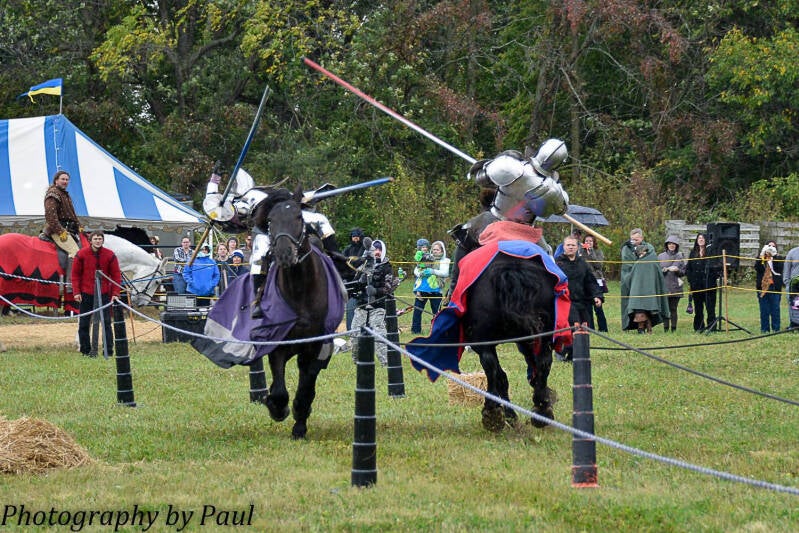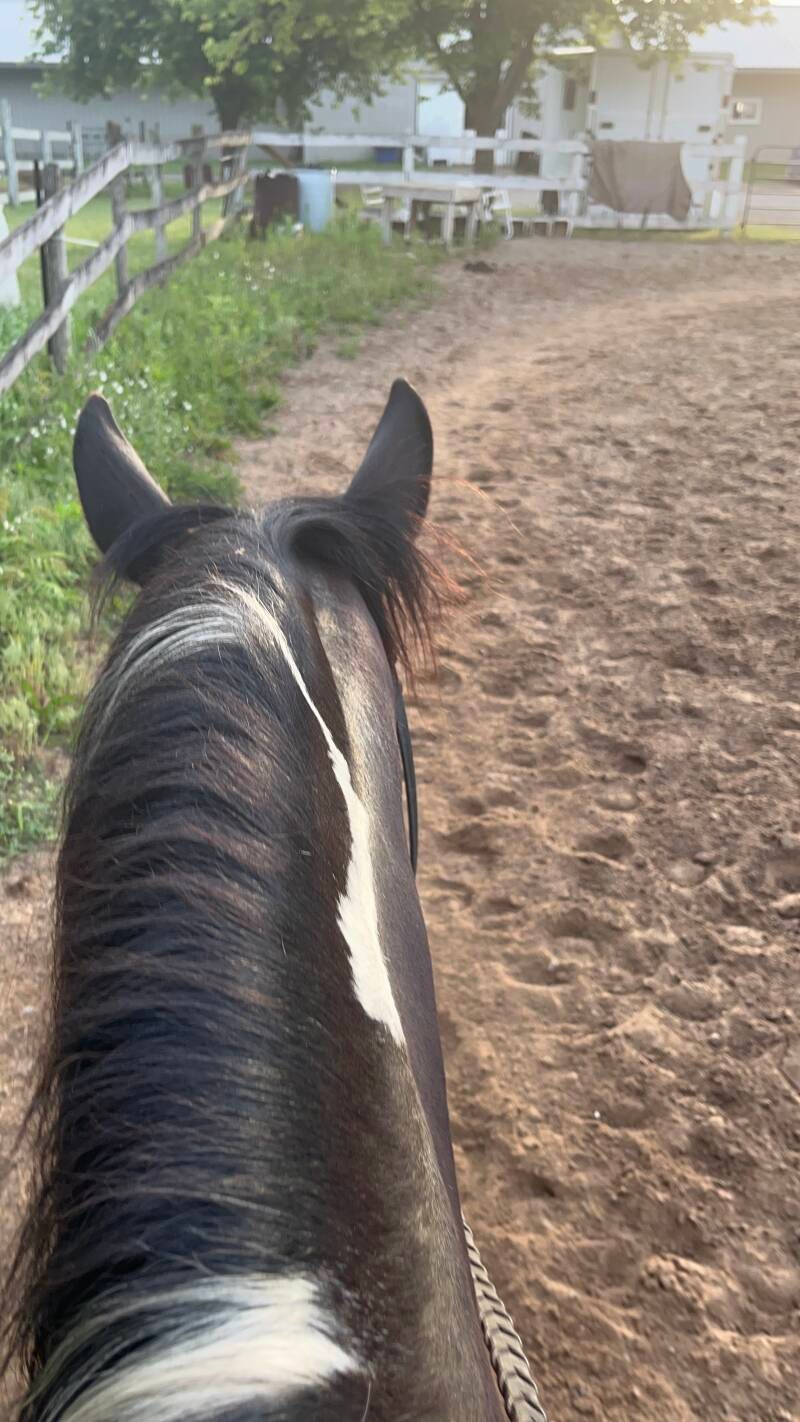The Origins of Jousting
Plus Three Ways to Keep You and Your Warhorse Battle Ready!



The history of jousting is full of rich stories about noble steeds, assassination attempts, romantic courtships, and deadly accidents. The term “jousting” itself likely originates from the Latin word “juxtare” which means “to meet.” Similarly, the French word “joster” means “to encounter.” Interestingly, the modern concept of jousting encapsulates both meanings, as knights charge down the joust list “ to encounter” one another, where their lances are destined “to meet” in the middle!
Jousting originated as a way for knights and nobles to retain their military skill at arms while off the battlefield. This quickly transformed to a form of entertainment and community sporting event, where knights could showcase their courage, skill, and pageantry in a large celebratory event. Historically, particularly under Elizabeth I, these events could include large parades, with heraldic displays and opportunities for knights to impress and woo the noble women who would be in attendance.
Despite being away from the battlefield and designed for sport, these tournaments still posed real dangers for the jousters. It is widely suggested that King Henry VIII became tyrannical only after suffering a severely broken leg in a horrific jousting accident, which caused significant lifelong pain. While we often think of chivalry and knights as going hand in hand, many rumors suggest that some knights would use these tournaments as a way to hide assassinations, modifying equipment and engineering “accidents” as a way of purposely injuring or killing their opponents.
The “tilt” or “list” refers to the roped off or designated are where a joust would occur. While the term joust itself originally referred to a type of organized combat, not solely mounted combat. Many elements of jousting still exist in various forms today. The mounted spear throw has evolved over the years to reduce the size of the spear and increase the requirement of accuracy. It may have escaped notice, but ancient spear throwing skill is a vital component of playing a game of darts in the modern day. More on that in the future!

Keep yourself and your warhorse battle ready with these 3 exercises:
Windy Day Lance Drills
Having control of your lance at all times is of the utmost importance and a vital way to keep both you and your horse safe at all times. On the next windy day, try this: Stand outside with your lance in the 1 position (straight up and down), facing the oncoming wind. Prep your lance to the 2 position, slightly tilted over your head as pictured. Feel how the wind affects your lance control and adjust to maintain position. When you’re ready, attempt 10 lance drills, facing the wind. Rest and repeat a) with the wind behind you b) with the wind approaching from your left and c) with the wind approaching from your right.
Don’t have a lance? Use a hockey stick or other similarly shaped object. Dowel rods also make great beginner practice lances!


Build Your Proprioception
Proprioception is a sense that lets us perceive the location and movements of our body parts. This can be referred to as body awareness and is closely linked to hand-eye coordination. Increasing your proprioception will not only help your balance (which your horse will love) but it will also increase your athletic performance. Try incorporating these in to your next workout:
-
Balance Exercises: single leg deadlifts (pictured), balance boards, Tai Chi
-
Closed Eye Exercises: Stand in front of a mirror and close your eyes. Balance on one foot until you feel steady. Open your eyes and notice how your body is positioned.
-
Patterning Exercises: Crossover walking, agility ladder
Classical Riding Lessons
The best joust is one where the horse and rider are working in perfect partnership. Harmony between horse and rider can be accomplished through seat and engagement training. We strongly recommend working with a trainer who has a classical riding background to help you relax your back and hips in order to allow the horse to move freely underneath you.
Dressage is a riding style with roots in Medieval battlefield movement, more on that in a future edition!


Add comment
Comments